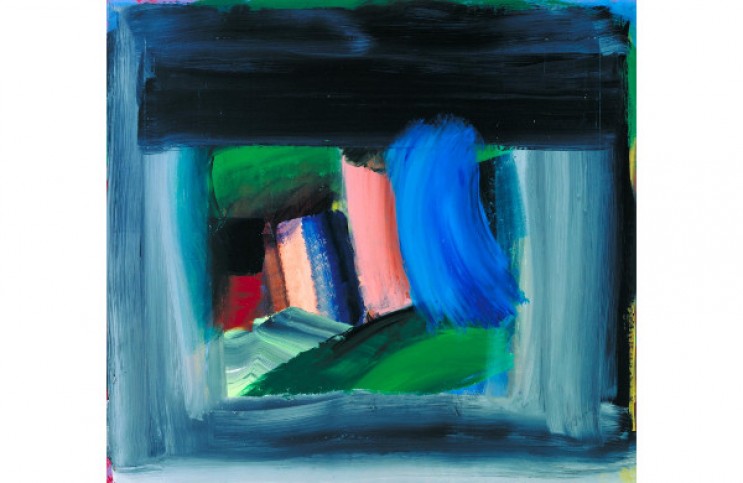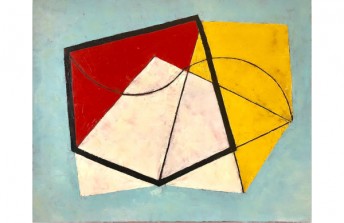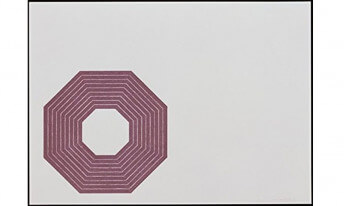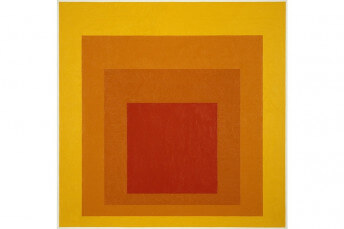Abstract Art – Differentiating Brexit Supporters from the Opposers?
Oct 26, 2018
A recently released report in The British Journal of Sociology 2018 claims to have identified a fascinating link between abstract art and Brexit. The scientists behind the report hypothesized that perhaps supporters of Brexit might have different art preferences than the voters who supported Great Britain remaining as part of the European Union. To test their hypothesis they took to the streets to ask voters how they voted on Brexit and then also asked them to choose which they liked best between different sets of paintings. Although countless different types of art exist, the researchers made a broad generalization to have people select between figurative art and abstraction. For the study they interviewed thousands of British voters. Each voter was shown four pairs of paintings. In each pair there was one work in which the subject matter was “realistic” and one work where the subject matter was either completely abstract or more “Impressionistic.” The results indicated that indeed there is an apparent difference between the art tastes of Brexiters and so-called “remainers.” If a voter prefers realistic art, that voter is evidently a whopping 20 percentage points more likely to be a Brexiter. According to an article in The Guardian, this art study is just one of several studies that have been conducted recently as scientists scramble to learn more about the profile of the typical Brexit voter. Some of the other studies have also uncovered odd facts about Brexiters, such as that they are far more likely to be anti-internet and for more likely to think of feminism as a “social ill.” The question we are asking now is what this actually means, or if it in fact it “realistically” means anything at all.
What Have You Learned
The researchers who conducted this abstract art study took pains to correct their test for every other social factor they thought might influence the results, including ethnicity, age, gender, education level, income level, and political affiliation. They also corrected for the outside chance that a particular color scheme, shape, or historical era might annoy a viewer. The report states, “The paintings within each pair were selected so as to be roughly comparable with respect to colour scheme, composition and subject matter: there were two landscapes, two portraits, two still-lifes, and two paintings depicting large rectangular objects. All the paintings were by twentieth-century artists.” They also excluded the opinions of any voter they interviewed who said that they did not have a clear answer as to whether they supported Brexit or not. What they did not do was hook the respondents up to a lie-detector test. Considering the politically loaded topic, it is reasonable to suppose that some of the voters they interviewed did not tell the truth about their feelings about Brexit. Who knows, they might also have lied about what kind of art they like.

Gillian Ayres - Dawn-bright Lawn, 2013. Courtesy Gillian Ayres and Alan Cristea Gallery, London
Assuming, however, that the respondents told the truth, one of the most fascinating results they found was that the preference for a certain type of art may not actually be as political as they assumed. After all, some voters who considered themselves liberal defied expectations and reported that they voted for Brexit and also preferred figurative art. Others who identified as conservative supported remaining in the EU and preferred abstract art. Nationalism and aesthetic taste evidently have more to do with personal and social values than political values. But there was one metric that actually did predict which type of painting a voter preferred and how that voter felt about Brexit: their education. Said the researchers, the number of respondents likely to support Brexit and the number likely to prefer figurative art “was approximately equal to the difference between those with a university degree and those with no educational qualifications.”
The Politics of Judgment
In other words, the study concluded that less educated people are more likely to like figurative art and more likely to have supported Brexit. That would be a powerful condemnation of Brexit supporters, and a tip of the hat to lovers of abstract art, except I do not actually think that is the case, or at least this study did not prove that to be true. The reason it seems true is because the researchers who conducted this study set up a false choice from the start, which manipulated people into retreating to their most primitive mindset. They required people to absolutely choose one painting over another. They did not allow respondents to say that they liked both paintings, nor give them the opportunity to explain what it was that made them prefer one painting over the other. Binary decisions cause people to posture. Some intuitively rebel against a binary choice. Others don false confidence. In other words, the question itself reinforced fabricated, tribalistic social divisions.

Mark Rothko - Orange and Yellow, 1956. Oil on canvas. 231 x 180.3 cm. Albright-Knox Art Gallery, Buffalo, NY, US. © Mark Rothko
It is reasonable to think people would have answered differently if they had been allowed to respond in the grey area. To paraphrase Walt Whitman, “we contain multitudes.” Open minded questions tend to garner complex answers. For this reason, I think this study says less about the art tastes of British voters than it says about the tactics these particular British scientists used in this single study. It seems to me that this study and others like it are designed to spark false cultural debates. They make it seem as though we are fundamentally different when really we are all just unsure and uninformed and trying to figure out what we think. It is abhorrent to use this tactic to divide people on the subject of art. In my humble opinion, art is not inherently political. From the beginning of time drawing, painting sculpting, weaving, singing, writing and dancing have been part of the life of every human. Art is ubiquitous and universal. What makes it seem political is when we attach arbitrary labels to it, and to each other, and then use those labels to try to make us think there are differences where none actually exist.
Featured image: Howard Hodgkin - Rain, 1984–9. © Howard Hodgkin
All images used for illustrative purposes only
By Phillip Barcio



